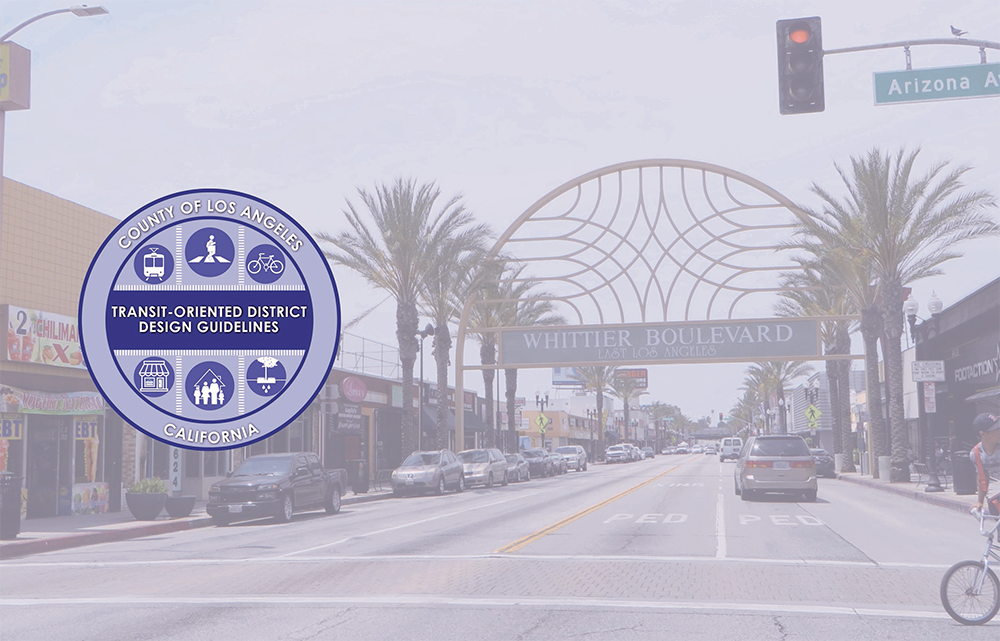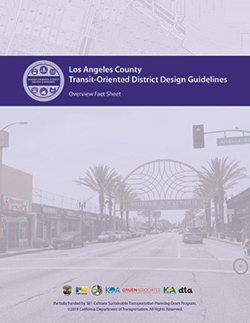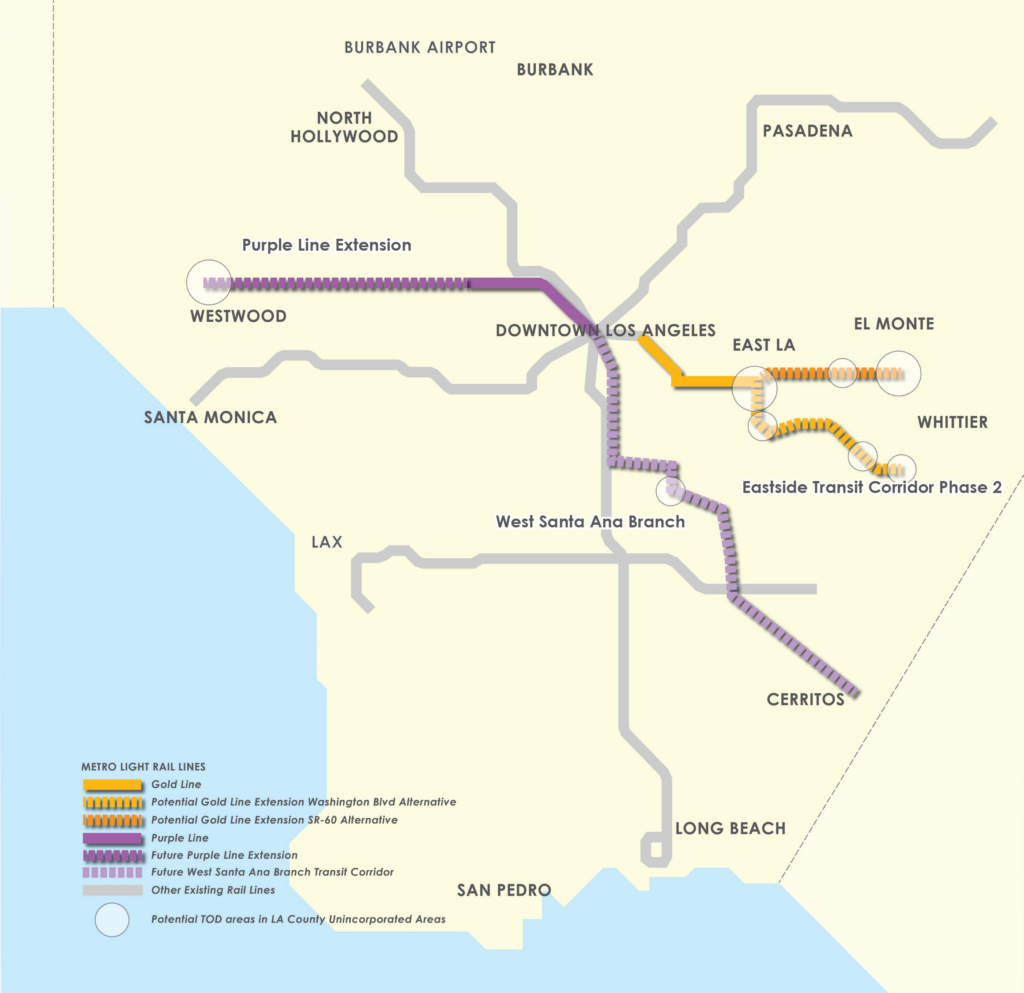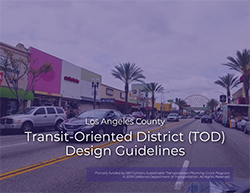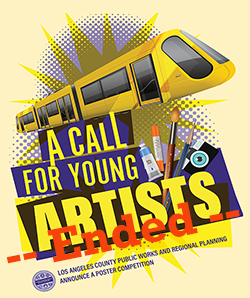ON THIS PAGE
Transit-Oriented District Toolkit
Project Overview
In order to prepare for as many as five additional rail stations throughout unincorporated areas of Los Angeles County (County) as well as additional stations in the future, the County is currently developing the Transit-Oriented District (TOD) Toolkit (formerly known as TOD Guidelines). The TOD Toolkit will provide a framework for a consistent approach to public infrastructure and transportation-related improvements to support land-use decisions in areas located within a ½ mile radius of the stations. TODs are mixed-use communities within walking distance of a transit stop. The design, configuration, and mix of public infrastructure and transportation-related improvements emphasize a pedestrian-oriented environment that encourages the use of public transportation. TODs were/are established to address access and connectivity, pedestrian improvements, and safety. Also, from our General Plan, the goals of a TOD are to: 1) increase walking, bicycling, and transit ridership and reduce vehicle miles traveled (VMTs); 2) facilitate compact, mixed-use development; 3) increase economic activity; 4) facilitate the public investment of infrastructure improvements.
The TOD Toolkit helps ensure public infrastructure improvements support land use plans by facilitating both public and private investment in affordable housing and transit-friendly development. It will identify enhancements that the community needs and supports, and that market forces and potential funding mechanisms encourage.
We will take the lessons learned from the Atlantic/Whittier Station and apply them to other proposed stations in formulating the TOD Toolkit.
Why The TOD Toolkit Is Needed Now
The Los Angeles County Metropolitan Transportation Authority (Metro) is currently evaluating locations for extensions on the Gold Line extending from East Los Angeles, and the Purple Line extending from the Koreatown neighborhood of Los Angeles. Metro is also evaluating new rail lines including the West Santa Ana Branch. Adding service to increase access and capacity would provide more convenient travel options and would improve connections to education, employment, entertainment, and recreation sites for residents. (See side map).
How The TOD Toolkit Benefit Communities
Community involvement is essential for inclusiveness and equity and will help ensure that the TOD Toolkit has broad support and contains strategies for public and private investments that will create a desirable environment. The Toolkit will help guide community growth and change around transportation infrastructure to better support community cohesion. Additionally, the Toolkit will include stakeholders’ input about future TOD infrastructure that promotes access and mobility and improves public health and safety by reducing greenhouse gas (GHG) and air pollutants from emissions. In that pursuit, the Toolkit will provide direction by defining how public infrastructure and transportation-related improvements can encourage and effectively support the use of public transit.
Partially funded by SB1 Caltrans Sustainable Transportation Planning Grant Program.
Project Map
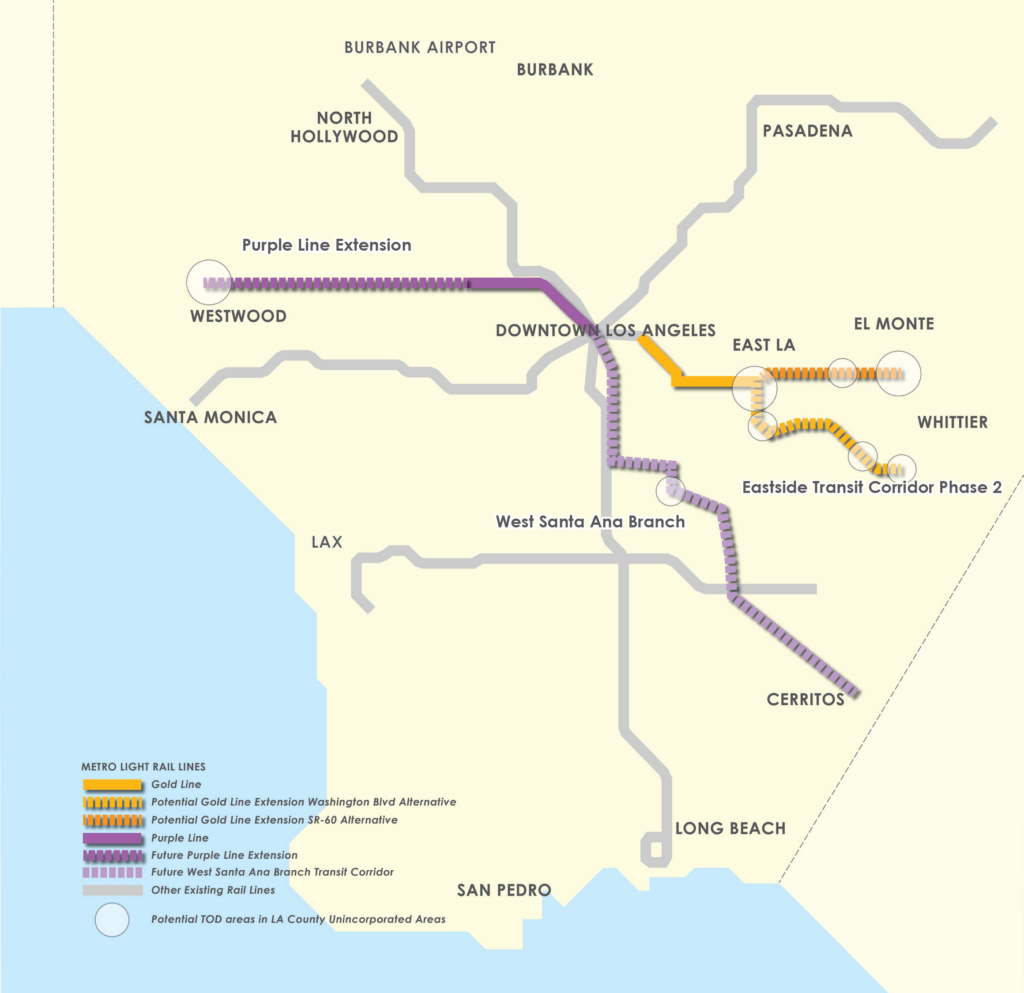
Contact us
For additional project information, to ask questions or to provide comments, please contact:
Katherine Padilla Otanez
Community Engagement Consultant
Tel. 626.818.3324
ContactUs@katherinepadilla.com
Meetings
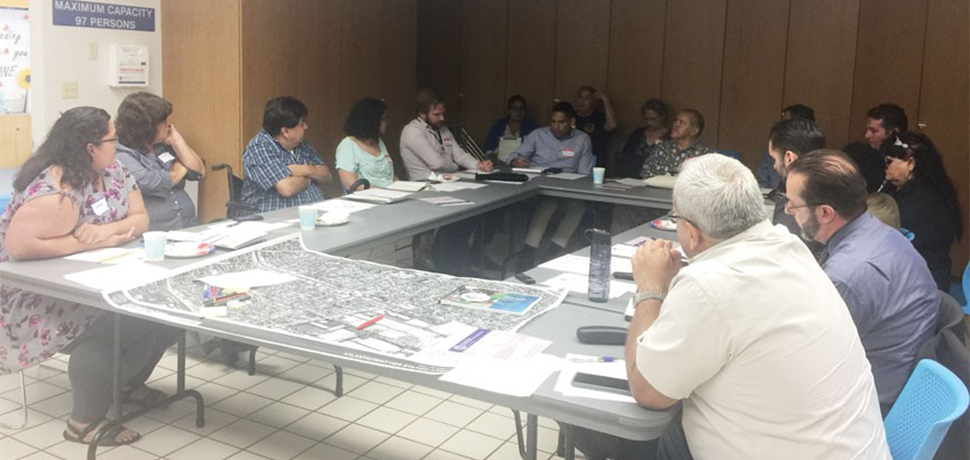
Upcoming Meetings
TBA
Past Meetings
Thursday, December 10, 2020, 6 pm – 7:30 pm
Virtual Zoom Meeting
Thursday, November 7, 2019, 6 pm – 8 pm
Centro Maravilla Community Meeting (Workshop)
4716 East Cesar E. Chavez Ave.
Los Angeles, CA 90022
Saturday, November 2, 2019, 9 am – 2 pm
East Los Angeles Farmers Market
4801 E 3rd St.
East Los Angeles, CA 90022
Monday, July 29, 2019, 11 am – 1:30 pm
Anthony Quinn Library
3965 East Cesar E Chavez Avenue
Los Angeles, CA 90063
Wednesday, July 24, 2019, 11:30 am – 1:30 pm
ELA Public Library
4837 E 3rd St.
Los Angeles, CA 90022
